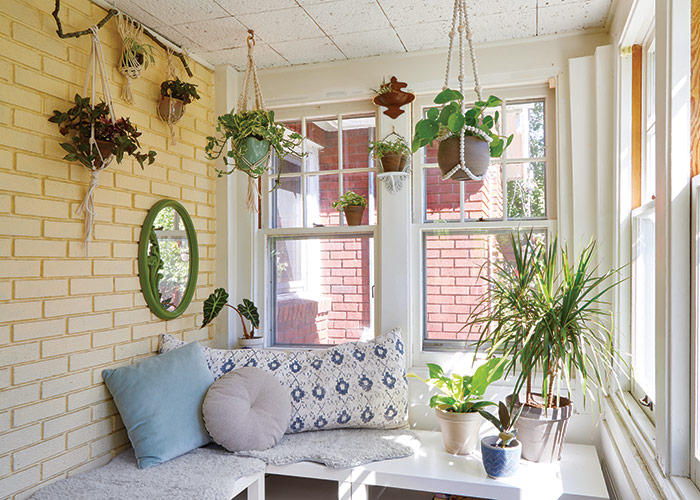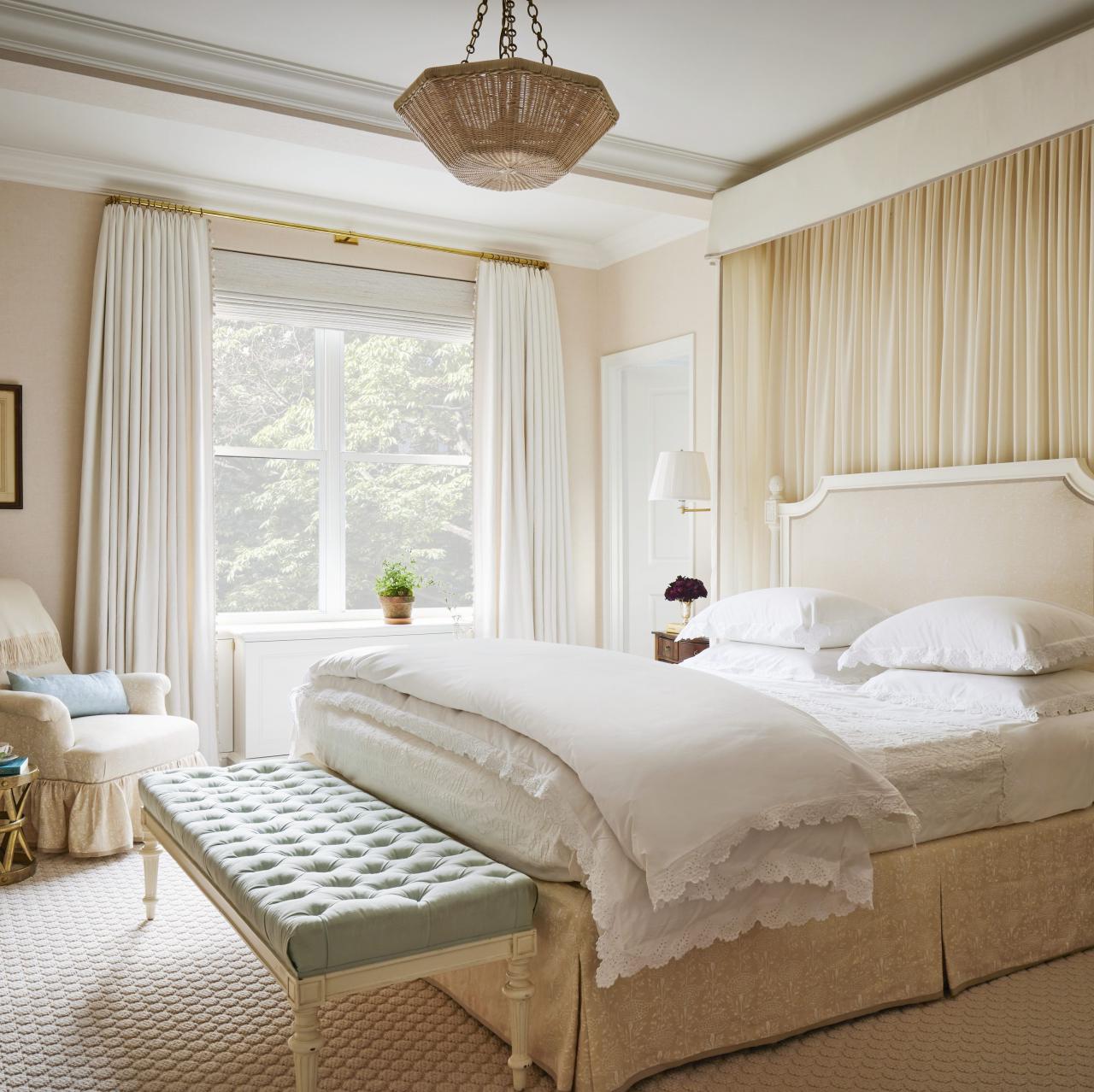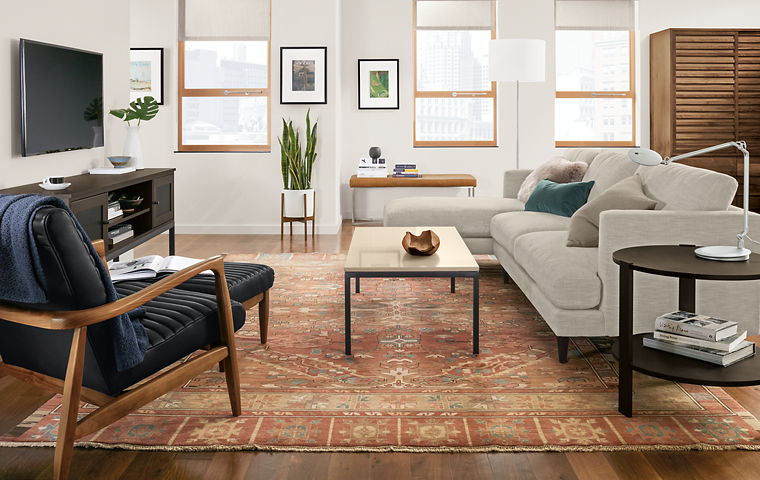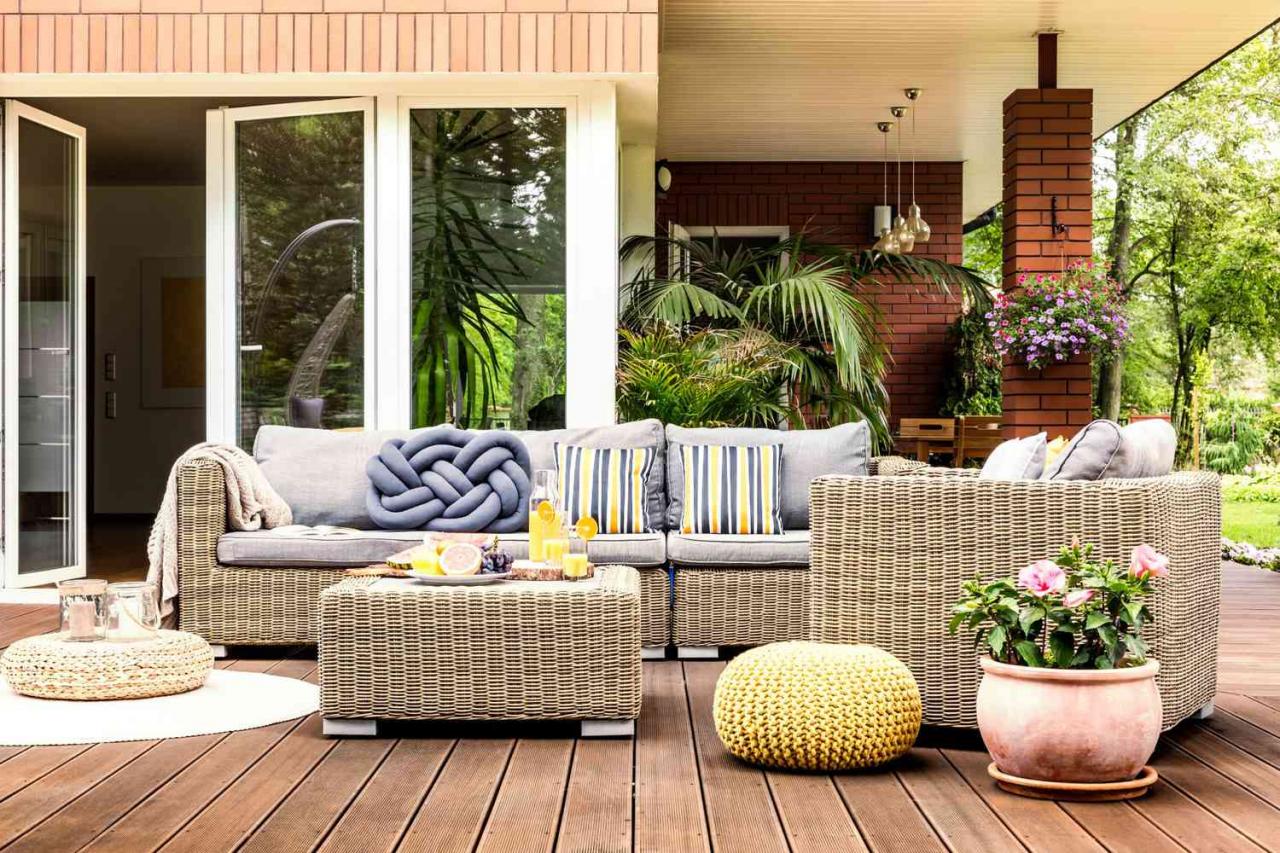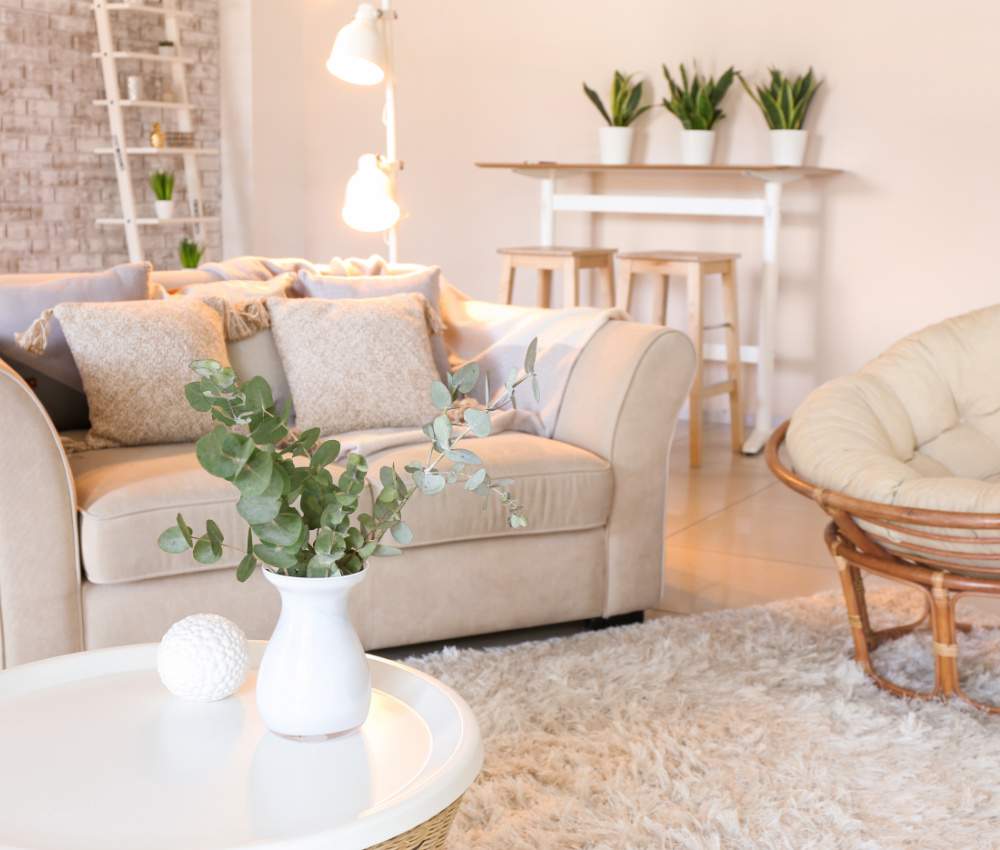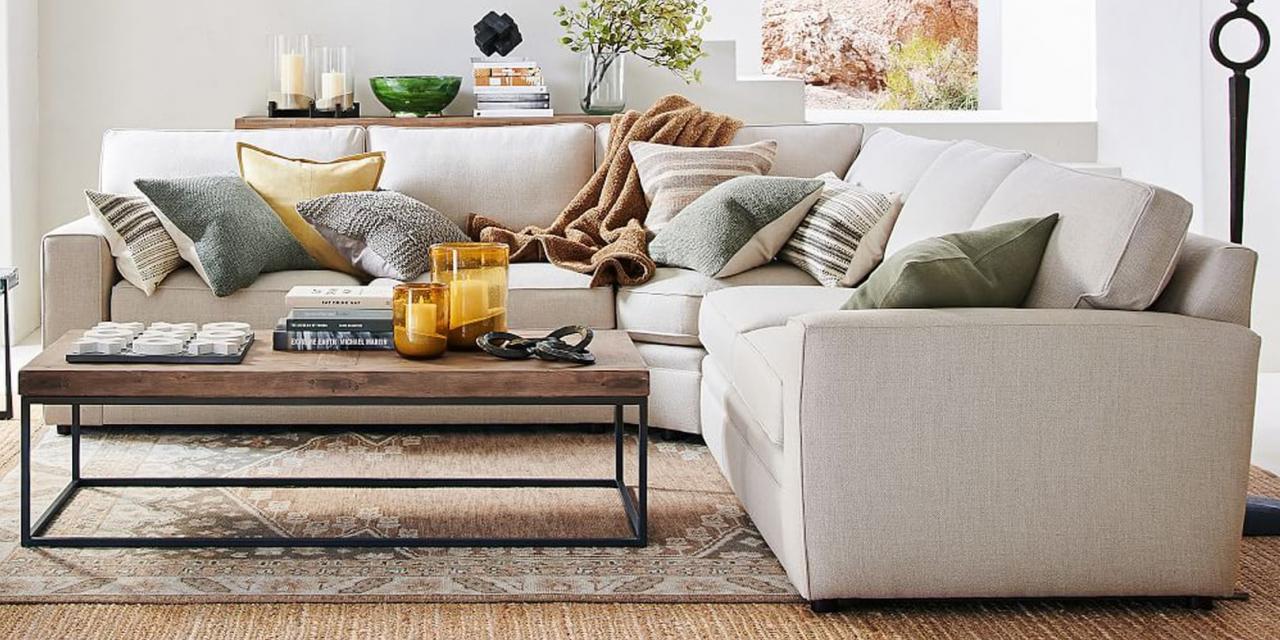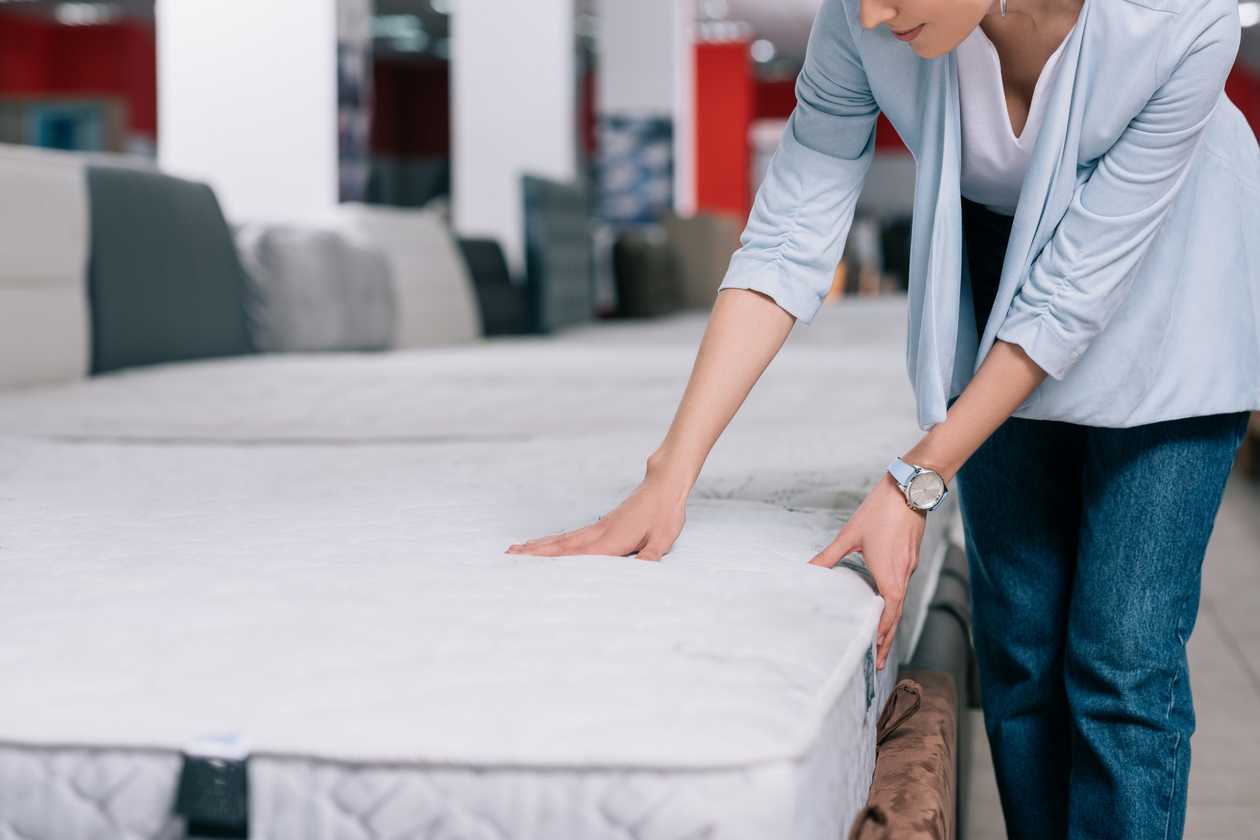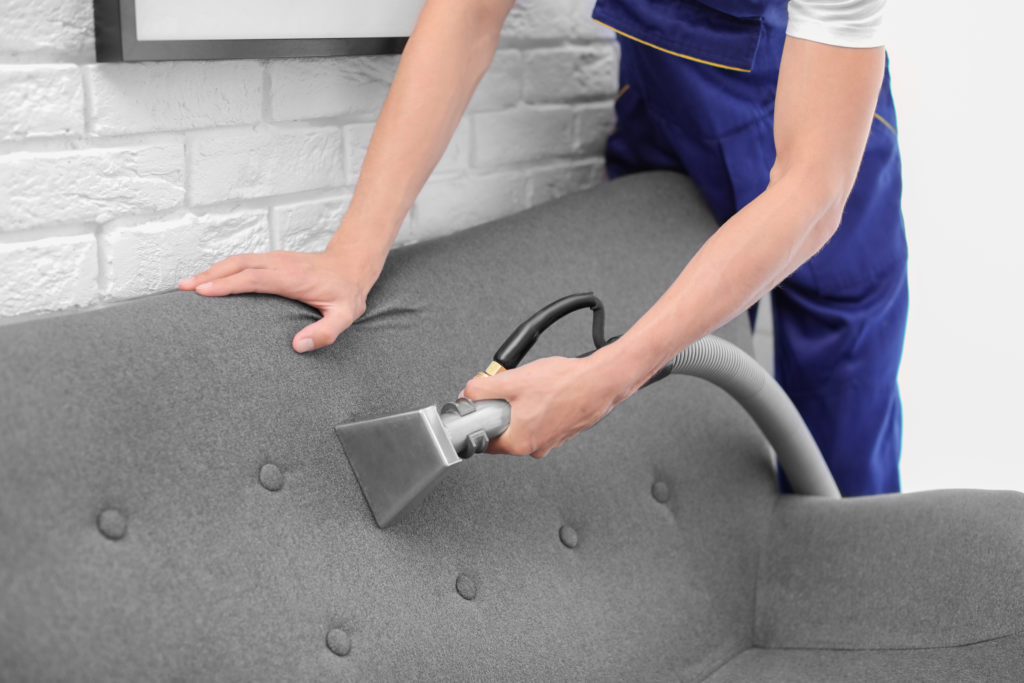Are you tired of staring at that wobbly chair or scratched up coffee table in your living room? Have no fear, because DIY furniture repair is here to save the day! In this article, we will explore some clever tips and tricks to help you breathe new life into your old furniture pieces. Whether you’re a seasoned DIY enthusiast or a total amateur, these simple yet effective techniques will have you feeling like a pro in no time. So, grab your tools and let’s get to work!

When it comes to DIY furniture repair, headings are crucial for organizing your project and keeping track of each step. Here are some tips and tricks to help you make the most of your
- Use descriptive Make sure your headings clearly indicate what each section is about. This will help you stay organized and easily navigate through your repair process.
- Group related tasks together: Organize your headings in a logical order that makes sense for the repairs you need to make. This will help you tackle one task at a time without feeling overwhelmed.
- Consider using sub If your repair project is complex, consider using subheadings under main headings to further break down the tasks. This will help you stay focused and not miss any important steps.
| Heading Type | Importance |
|---|---|
| Main Headings | Essential for organizing the overall project |
| Subheadings | Useful for breaking down complex tasks |
Fixing Loose Joints: A Guide to Strengthening Wobbly Furniture
If you have wobbly furniture in your home, don’t fret! There are simple DIY techniques you can use to strengthen those loose joints and make your furniture more stable. Here are some tips and tricks to help you fix your wobbly furniture:
- Tighten screws and bolts: Check for loose screws or bolts in the joints of your furniture. Use a screwdriver or wrench to tighten them up, which can help stabilize the piece.
- Apply wood glue: If the joints are still loose after tightening the screws, apply wood glue to the area. This will help bond the pieces together and provide extra strength.
- Insert wooden dowels: For extra reinforcement, you can insert wooden dowels into the joints. Drill holes into the pieces, apply wood glue, and insert the dowels to add more stability.
Restoring Scratched Surfaces: Techniques for Repairing Wood Furniture
One common issue many homeowners face is dealing with scratches on their wood furniture. Whether it be from pets, kids, or just general wear and tear, scratches can make your furniture look old and worn out. Luckily, there are several DIY techniques you can use to restore scratched surfaces and make your wood furniture look like new again.
Furniture Touch-Up Markers: One easy way to repair scratches on wood furniture is to use furniture touch-up markers. These markers come in a variety of colors to match different wood tones, allowing you to fill in scratches and nicks seamlessly.
Sand and Refinish: For deeper scratches, you may need to sand down the affected area and refinish the wood. Start by sanding the scratched area with fine-grit sandpaper to smooth out the surface. Then, apply a matching wood stain and finish with a protective coat of polyurethane.
Replacing Broken Hardware: Tips for Updating and Repairing Furniture Pieces
One of the easiest ways to update and repair furniture pieces is by replacing broken hardware. Whether it’s a loose drawer handle, a missing knob, or a cracked hinge, updating the hardware can give your furniture a fresh new look. Here are some tips and tricks to help you with DIY furniture repair:
- Assess the damage: Before you start replacing hardware, assess the damage to determine the best course of action. Make sure to inspect all the hardware on the furniture piece to identify what needs to be replaced or repaired.
- Gather your supplies: Once you’ve assessed the damage, gather all the necessary supplies for the repair. This may include replacement hardware, tools like screwdrivers or drills, and any other materials needed to complete the repair.
- Choose matching hardware: When replacing hardware, make sure to choose pieces that match the style and finish of the existing hardware. This will help ensure a cohesive look and prevent the repaired piece from looking mismatched.
- Take your time: DIY furniture repair can be a rewarding project, but it’s important to take your time and work carefully to ensure a professional-looking result. Don’t rush the process, and follow instructions carefully to avoid any mistakes. With a little patience and attention to detail, you can update and repair your furniture pieces with ease.
Polishing and Refinishing: Transforming Old Furniture with Expert Advice
Looking to breathe new life into your old furniture pieces? With the right tools and techniques, you can easily transform worn-out furniture into stunning statement pieces for your home. Whether you have a vintage dresser that needs a fresh coat of paint or a scratched-up coffee table that needs refinishing, these DIY furniture repair tips and tricks will help you achieve professional-looking results without breaking the bank.
One of the key steps in polishing and refinishing old furniture is proper preparation. Before you start any refinishing project, make sure to clean the piece thoroughly to remove dirt, grime, and old finishes. Use a gentle cleaner and a soft cloth to wipe down the surfaces, and allow the piece to dry completely before moving on to the next step.
For refinishing wood furniture, sanding is a crucial step to ensure a smooth and even finish. Start with a coarse-grit sandpaper to remove any existing finish or imperfections, then gradually work your way up to a finer grit for a polished look. Fill in any cracks or holes with wood filler, and sand the surface again before applying stain or paint.
When it comes to choosing a finish for your furniture, consider the style and durability you want to achieve. Whether you opt for a glossy lacquer, a matte chalk paint, or a natural wood stain, make sure to apply multiple coats for a long-lasting and professional finish. Remember to let each coat dry completely before applying the next one, and don’t forget to protect your newly refinished piece with a coat of clear sealer or wax.
Whether you’re a seasoned DIY pro or just starting out, tackling furniture repair can be a rewarding and satisfying endeavor. By following these tips and tricks, you can breathe new life into your old furniture pieces and save money in the process. Remember, patience and attention to detail are key when it comes to getting the best results. So roll up your sleeves, grab your tools, and let your creativity run wild as you transform your furniture into something truly unique and beautiful. Happy repairing!


